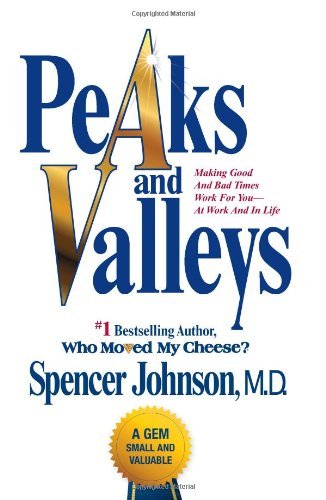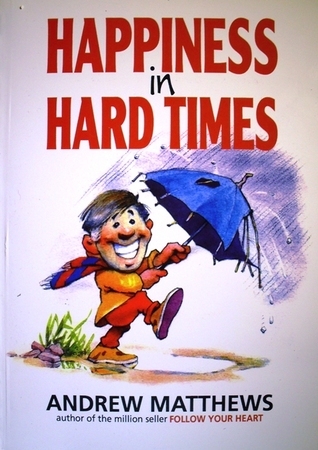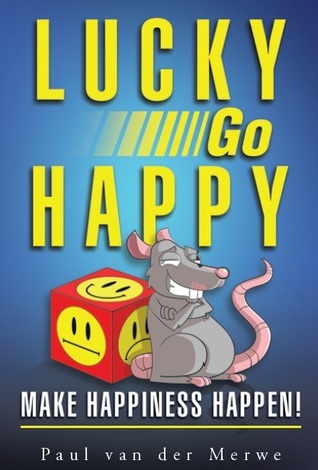
How Full Is Your Bucket?
Book Description
Imagine a world where every interaction could either fill your bucket or drain it. In "How Full Is Your Bucket?" Tom Rath uncovers the transformative power of positivity and connection, revealing how small moments can create ripples of joy or despair. This groundbreaking exploration dives deep into the science of emotional well-being, showing how simple acts of kindness can enrich lives and foster resilience. The stakes are high as empty buckets lead to dissatisfaction and despair, while overflowing ones illuminate possibilities and purpose. Are you ready to discover how to fill your bucket and change the course of your life?
Quick Book Summary
"How Full Is Your Bucket?" by Tom Rath explores the profound influence that positive interactions have on our lives, comparing our emotional well-being to an invisible bucket that is filled or emptied by daily interactions. Through research in psychology and business, Rath demonstrates that small, positive behaviors and encouragement can dramatically improve individual happiness, productivity, and even physical health. Conversely, negativity can lead to disengagement and a sense of emptiness. The book introduces practical strategies for maximizing positive, "bucket-filling" interactions and minimizing negative, "bucket-dipping" moments. Rath encourages readers to consciously uplift others, appreciating the cumulative effect on morale, relationships, and success, in both personal and professional spheres.
Summary of Key Ideas
Table of Contents
The Power of Positive Interactions
Tom Rath grounds the book in the metaphor of the bucket and dipper, making abstract psychological concepts accessible. Each person's well-being is represented by a bucket that is filled through positive encounters and emptied through negative ones. Our interactions either fill others' buckets or dip from them, highlighting how interconnected our emotional experiences are. The metaphor illustrates the importance of being aware of how we affect others and ourselves throughout the day.
The Bucket and Dipper Metaphor
Scientific research anchors Rath's argument. Studies in the workplace and in families reveal that positive feedback, recognition, and encouragement have a transformative effect on performance and engagement. Negative experiences not only diminish morale but also compound quickly, resulting in lower productivity and satisfaction. The science supports making positivity a priority for leaders, educators, and parents alike, as it creates environments conducive to growth.
The Ripple Effect of Kindness
One of the book’s central concepts is the ripple effect, describing how positivity spreads far beyond one-on-one encounters. A single act of kindness or a word of praise can initiate a chain reaction, lifting spirits and motivating others to pay it forward. These ripples can reshape teams and communities, amplifying benefits through networks and across time.
Strategies for Conscious Positivity
To help readers apply these concepts, Rath offers specific, actionable strategies. He suggests keeping score of positive versus negative interactions, striving for a higher ratio of affirmation. Readers are encouraged to express genuine appreciation, give specific praise, and recognize others' strengths. The book also emphasizes the value of managing self-talk, ensuring that we fill our own buckets as intentionally as we fill others'.
Impact on Health, Productivity, and Relationships
Ultimately, the book demonstrates that bucket-filling enhances health, productivity, and relationships. People who receive more positive feedback are more engaged and resilient, enjoy better well-being, and are more likely to persist when faced with challenges. The bucket-and-dipper framework empowers readers to transform their environment by choosing conscious, life-affirming actions that uplift everyone involved.
Download This Summary
Get a free PDF of this summary instantly — no email required.





